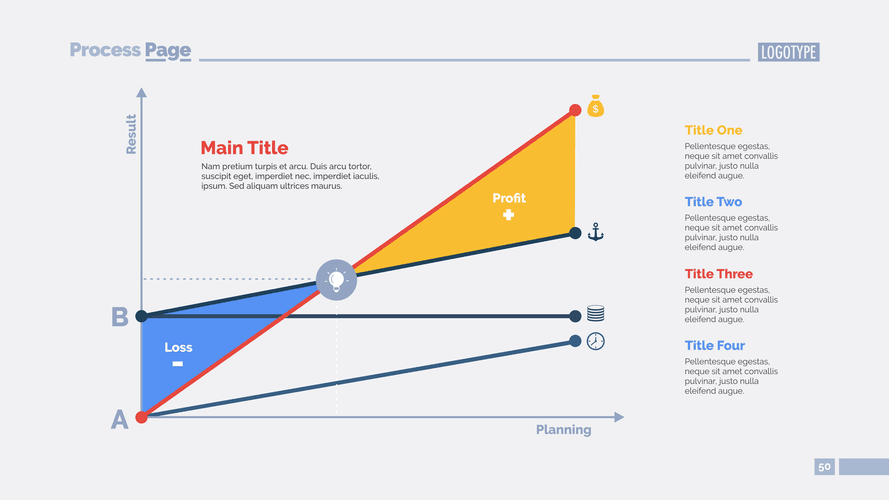
The purpose of this reset is to allow these accounts to accurately reflect the financial activity of the upcoming period without the residue of the past. The credit balance of the revenue account is transferred by debiting the revenue account and crediting the income summary account. Similarly, the debit balances on the expense’s accounts are transferred and zeroed out by debiting the income summary and crediting the individual expenses account. Once the income summary account reflects the net income or loss for the period, its balance transfers to a permanent equity account. For corporations, this balance is moved to the Retained Earnings account, while for sole proprietorships and partnerships, it is transferred to the Owner’s Capital account.

Income Summary vs. Income Statement

After this entry is made, all temporary accounts, including the income summary account, should have a zero balance. This kind of financial report is essential for business owners, managers, and investors because it provides a clear snapshot of a company’s profitability for a specific period. The net income (NI) is moved into retained earnings on the balance sheet as part of the closing entry process. The assumption is that all income from the company in one year is held for future use.
Slavery Statement

Once the temporary accounts have all been closed and balances have been transferred to the income summary account, the income summary account balance is transferred to the capital account or retained earnings. Once the temporary accounts are closed to the income summary account, the balances are held there until final closing entries are made. Once all the temporary accounts are closed, the balance in the income summary account should be what is the purpose of the income summary account equal to the net income of the company for the year. The net amount transferred into the income summary account equals the net profit or net loss that the business incurred during the period. Thus, shifting revenue out of the income statement means debiting the revenue account for the total amount of revenue recorded in the period, and crediting the income summary account. The income statement is one of the three important financial statements used for reporting a company’s financial performance over a set accounting period.
- The Income Summary account gathers balances from all revenue and expense accounts.
- Finally, the income summary account balance is closed and transferred to a permanent equity account, typically Retained Earnings for corporations.
- By grasping these concepts, one can appreciate the meticulous nature of accounting and its importance in the world of business and finance.
- It will be done by debiting the revenue accounts and crediting the income summary account.
- The income summary account must be credited and retained earnings reduced through a debit in the event of a loss for the period.
Featured Businesses
- An income summary account is a temporary account within a business’s accounting system, used at the end of an accounting period.
- However, their research analysts can use an income statement to compare year-on-year and quarter-on-quarter performance.
- This reset ensures that revenue and expense figures accurately reflect only the activities of the current period, preventing them from accumulating indefinitely.
- Accounts that represent the ownership interest of each partner in a partnership, showing their contributions and share of profits or losses.
The income summary account receives the balance at year end from the revenue and expense accounts. Once that’s completed, the income summary account is closed as well by transferring its balance to a capital account. Since revenue accounts normally have credit balances, they are debited to bring their balances to zero, and the Income Summary account is credited for the total amount of revenues. For example, if a business had $10,000 in Sales Revenue, the entry would be a debit to https://distex.ca/tax-calculator-tables-rates-ftb-ca-gov/ Sales Revenue for $10,000 and a credit to Income Summary for $10,000. These include operational costs like salaries, rent, utilities, and depreciation. By bringing together all revenues and expenses, the income summary provides a consolidated view of the business’s profitability or loss before transfer to equity.
- By following these steps, businesses ensure that their financial statements accurately reflect their financial performance and position, providing valuable insights for decision-making.
- At the end of the year, closing entries are used to combine revenues and expenses with the Retained Earnings equity account.
- Once that’s completed, the income summary account is closed as well by transferring its balance to a capital account.
- The allocation of dividends to relevant accounts ensures accurate financial reporting and decision-making.
- Therefore, the retained earnings account shows the earnings that are kept, net income fewer dividends in the business.
- Various transactions impact the income summary account, including revenue, expenses, and dividend-related activities.
- Without closing them, accumulated balances would inaccurately represent performance in subsequent periods.
Management can keep a record of the performance of the company by assessing the summary of income of past years and conclude whether the company is undergoing profit or loss. gym bookkeeping Here’s an example of an income statement from a fictional company for the year that ended on September 28, 2019. The income summary account exists only during the closing process and gets reset once net income or net loss is transferred to retained earnings or capital accounts.


This connection ensures that the operational results flow into the cumulative financial position presented on the Balance Sheet. HighRadius offers a cloud-based Record to Report solution that helps accounting professionals streamline and automate the financial close process for businesses. We have helped accounting teams from around the globe with month-end closing, reconciliations, journal entry management, intercompany accounting, and financial reporting. For example, consider a small business that discovers an unaccounted for expense during the closure of its income summary account.